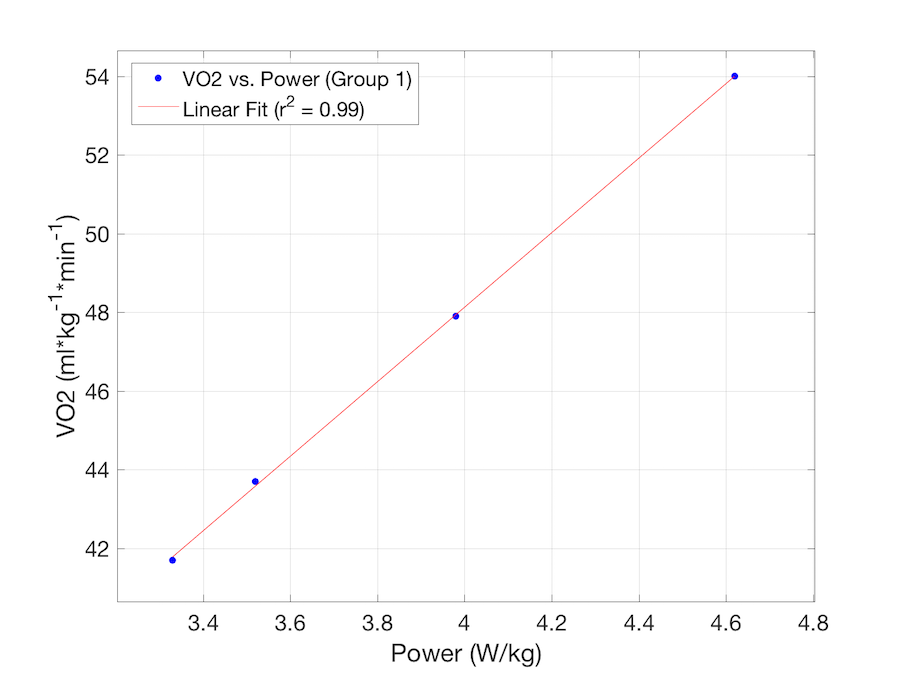Part 1: New Research Data Shows Stryd Pioneer Power Correlates with Metabolic Expenditure
The University of Guelph recently published a paper evaluating run power data collected from Stryd Pioneer technology. The published data show that Stryd Pioneer running power has significant correlation 0.99 with the metabolic energy expenditure of elite and recreational runner groups.

- Part 1: New Research Data Shows Stryd Pioneer Power Correlates with Metabolic Expenditure (June 2018)
- Part 2: Using appropriate mathematical and physiological analyses in Aubry et al. 2018 (December 2018)
- Part 3: Replying to the Response to Our Manuscript Clarification of Aubry et al. 2018 (December 2018)
The University of Guelph recently published a paper evaluating run power data collected from Stryd Pioneer technology. The published data show that Stryd Pioneer1 running power has significant correlation (r2 = 0.99) with the metabolic energy expenditure of elite and recreational runner groups. We show here that the study’s published data add further validation of Stryd Pioneer’s accuracy in measuring running power that correlates to metabolic demand, speaking to its capability as an accurate and personalized tool to optimize run training and racing.
What can be concluded from the study data?

The data shown in the above graph are Group 1 means2 reported by the study. You can access the same data in Table 2 of An Assessment of Running Power as a Training Metric for Elite and Recreational Runners. The correlation remains high (r2 = 0.99) for both elite and recreational runners. High correlation also holds true in all of Stryd’s own internal studies across a broader range of speeds and inclines.
Stryd is used by runners to evaluate their individual performance, effort, and training loads. For this to work, it is only necessary to have a highly correlated relation between running power and metabolic demand for that individual.
The author’s interpretation of the collected data
In testing the author’s conclusions, it is important to examine their method of interpreting the collected data. In particular, their analyses takes the approach of first normalizing both running power and metabolic demand over speed before computing correlations.
Doing so is especially problematic because metabolic rates normalized by speed include the resting metabolic rate, which has nothing to do with the power generation of running. Since individual runners have different resting metabolic rates, this unduly introduces errors across both speed and test subject.
Further, expecting normalization by speed to reduce running power to be equivalent to oxygen cost makes the assumption that running metabolic efficiency does not 1) vary across speed, nor does it 2) vary across runners. However, we know neither of these assumptions is true.
Independent academic research helps to drive innovation
We want to thank the University of Guelph for their study and their data. We are encouraged by the resulting collected data and we are always excited when sports technology innovations are tested by the wider research community. Stryd has maintained a positive and productive relationship with the research community. Please contact us at stryd@stryd.com if you would like to join and/or test and validate the running power revolution with your scientific findings.
Note 1: The Stryd Pioneer was Stryd’s first running power meter, released in 2015. The Stryd Summit (footpod model), a more advanced version of Stryd, was released in 2016. You can read about the reliability and accuracy of the Stryd Summit here>>
Note 2: Group means are used here as we do not have individual subject data for these values, just the normalized values, because non-normalized values were not provided by the authors.

